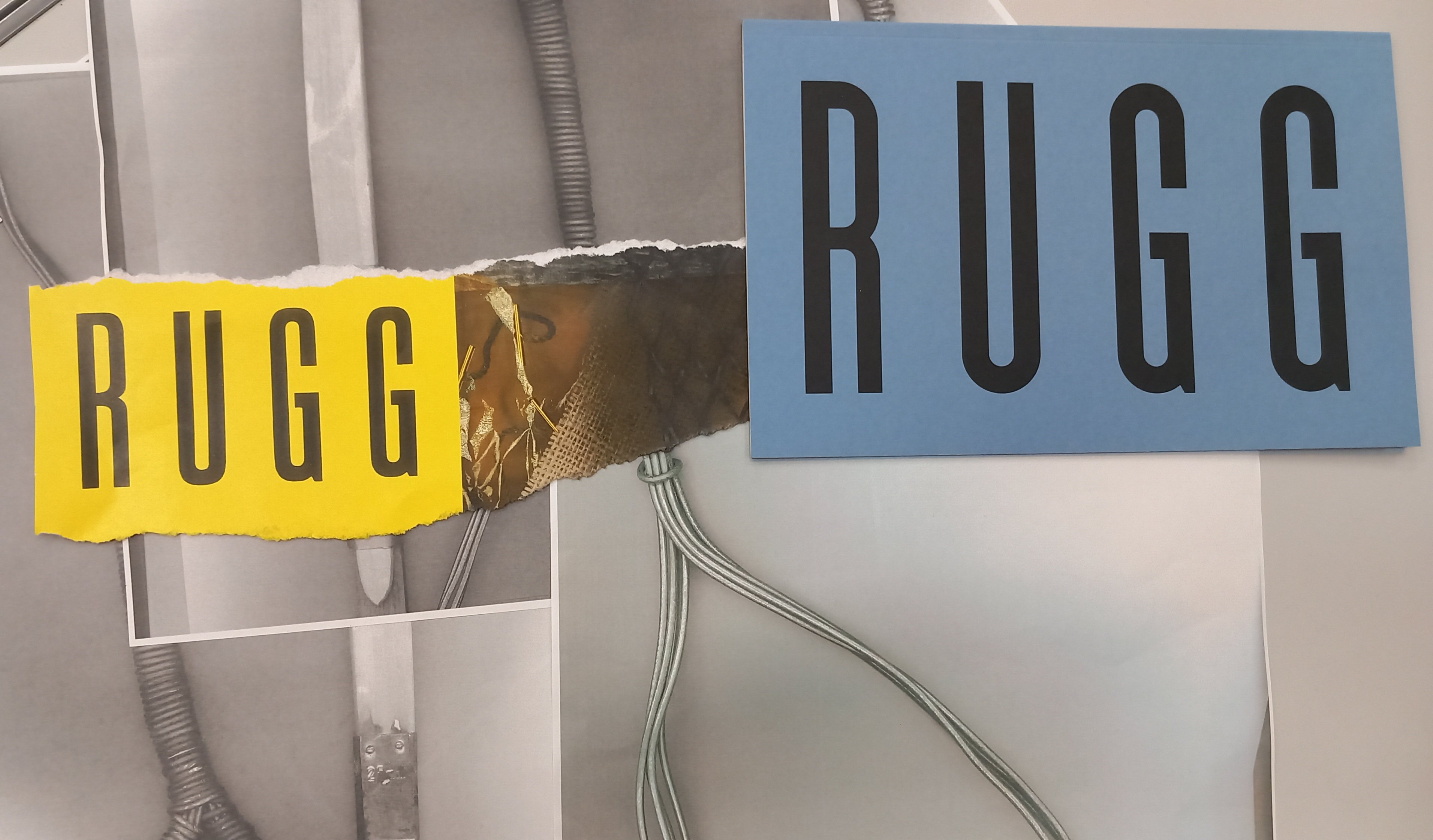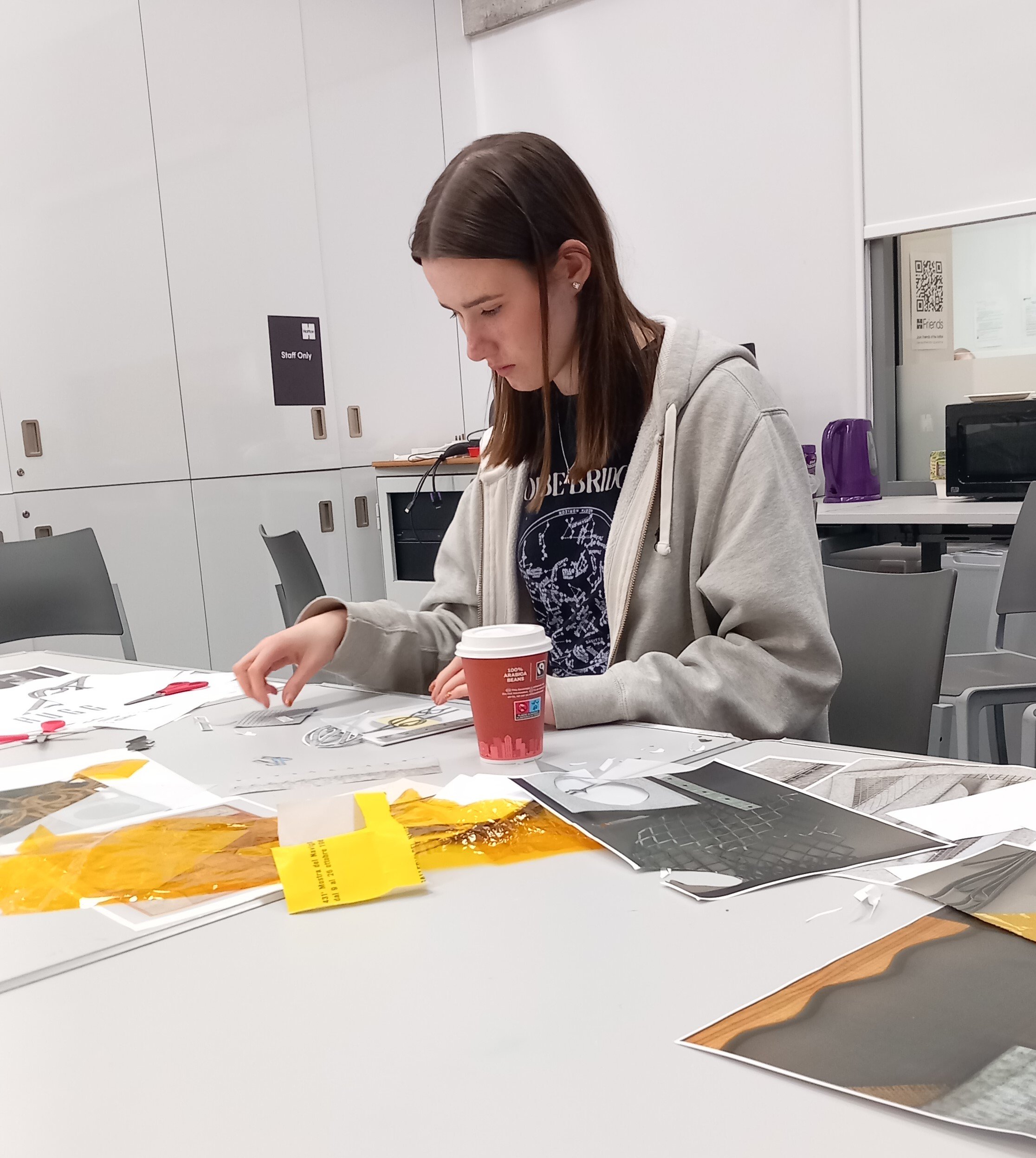L-INK - young adults guide to Matt Rugg: Connecting Form
L-INK were invited to create a new piece of interpretation for young adults visiting the 'Matt Rugg: Connecting Form' exhibition.

Click here to download the young adults guide to Matt Rugg: Connecting Form (PDF 6.74 MB)
L-INK were invited to create a new piece of interpretation for young adults visiting the exhibition. Many of Rugg’s works occupy a place between two and three dimensions (sculpture, construction, painting and drawing), but how do they converse with one another?
During the 2-day workshop group members Naomi Harrison, Amber Horner and Chloe Warnock worked with University and gallery staff and special guests to explore construction, materials, form and structure and to examine the connections between themes, ideas and visuals from Rugg’s works. They learned about the Basic Course and Matt Rugg’s own unique process, and considered their influence upon the next generation of artists, producers, thinkers, and makers.
The Basic Course that Matt Rugg studied and taught was a radical new way of training artists through the pioneering educational developments devised and developed by Victor Pasmore and Richard Hamilton at Newcastle in the 1950s and 1960s. The course focused on experimenting with colour, shape, line and form. Students were encouraged to understand materials and form and then think of the best way to manipulate them in a creative expression.
Matt Rugg: Connecting Form is a survey of the work of Matt Rugg, focusing on the visual relationship between 2D and 3D form. As an alum of Newcastle, Rugg began experimenting with industrial and found materials to create works that straddled the line between sculpture and painting. After leaving Newcastle University in 1965, Rugg went on to teach at the Chelsea School of Art in the schools of Painting and Sculpture. He continued to develop his work privately and did not exhibit again till 2011. The exhibition at the Hatton Gallery draws upon the innovative work of Rugg’s early career in the 1960s and the trajectory his style took over the next five decades. Rugg continued to experiment with sculptural language and form while pushing boundaries between different disciplines to create his own visual language. Rugg’s works have not gleaned the critical attention they merit; this show aims establish his significance within British abstraction and him as a contemporary visual artist.






